10 9月 Features of smelting aluminum alloys
Features of smelting aluminum alloys
The smelting of most aluminum alloys is not difficult. Alloying components, with the exception of magnesium, zinc, and sometimes copper, are introduced in the form of ligatures.
As a rule, protective fluxes are not used in the smelting of small portions of cast alloys in crucible furnaces. Mandatory operation is the refining of non-metallic inclusions and dissolved hydrogen. The most difficult to melt are aluminum-magnesium and multicomponent heat-resistant alloys.
When melting wrought alloys, special attention is paid to cleaning the furnace from slag and capturing the previous melting.
When switching to a different grade of alloy, in addition to transition melts, the furnace and mixers are washed to remove residual old alloy.
The amount of metal for washing should be at least a quarter of the furnace capacity.
The temperature of the metal during washing is maintained at 40-50 ° C above the casting temperature of the alloy prior to washing.
To accelerate the cleaning, the metal in the furnace is intensively mixed for 8-10 minutes.
For washing, aluminum or remelting is used. In cases where the metal from the furnace is completely merged, one can limit oneself to washing with fluxes. Melting alloys are submerged
Charge materials are loaded in the following order: pig aluminum, bulky waste, remelting, ligatures (pure metals).
It is allowed to load dry chips and small-sized scrap into liquid metal at a temperature not exceeding 730 ° C.
Copper is introduced into the melt at a temperature of 740–750 ° С, silicon – at 700–740 ° С using a bell.
Zinc is loaded before magnesium, which is usually introduced before the discharge of the metal. The maximum allowable overheating for cast alloys is 800-830 ° C, and for wrought alloys 750-760 ° C.
When melted in air, aluminum oxidizes. The main oxidizing agents are oxygen and water vapor. Depending on the temperature and pressure of these gases, as well as the kinetic conditions of the interaction, aluminum oxide Al2O3, as well as Al2O and AlO are formed as a result of aluminum oxidation.
The probability of formation increases with increasing temperature and a decrease in the partial pressure of oxygen in the system.
Under normal conditions of melting, the thermodynamically stable phase is γ-Al2O3 solid alumina, which does not dissolve in aluminum and does not form fusible compounds with it. When heated to 1200 ° C, γ-Al2O3 recrystallizes into α-Al2O3. As oxidation proceeds, a dense, strong oxide film 0.1–10 µm thick is formed on the surface of solid and liquid aluminum, depending on temperature and exposure time. When such a thickness is reached, oxidation practically stops, since the diffusion of oxygen through the film slows down sharply.
The process of oxidation of liquid aluminum alloys is very complex and insufficiently studied. Available literature data show that the rate of oxidation of alloy components is a function of oxygen pressure, dissociation pressure of their oxides, concentration of components in the alloy, diffusion rate of atoms towards oxygen atoms, interaction of oxides among themselves, etc. The oxidation kinetics is determined by the continuity, density and strength of the oxide films. At the same concentration, the most active elements are oxidized, in which the formation of oxide is associated with the greatest decrease in the isobaric-isothermal potential.
Most alloying elements (copper, silicon, manganese) do not significantly affect the oxidation of aluminum and the protective properties of the oxide film, since they have a ratio of VMem0 / mVMe≥1. An oxide film on binary aluminum alloys with these elements at their low concentration consists of pure γ-Al2O3. At significant contents of these elements, solid solutions of oxides of alloying elements in γ-Al2O3 and the corresponding spinels are formed.
Alkaline and alkaline earth metals (potassium, sodium, barium, lithium, calcium, strontium, magnesium), as well as zinc (0.05-0.1%) greatly increase the oxidation of aluminum. The reason for this is the loose and porous structure of the oxides of these elements. The double-oxide oxide film in this case is enriched with oxides of alkali and alkaline earth metals. To neutralize the harmful effects of zinc, 0.1-1.15% Mg is introduced into aluminum melts.
Alloys of aluminum with magnesium form an oxide film of variable composition. With a low magnesium content of 0.005% (by mass) – the oxide film has a γ-Al2O3 structure and is a solid solution of MgO in γ-Al2O3; at a content of 0.01-1.0% Mg, the oxide film consists of spinel (MgO * Al2O3) of variable composition and crystals of magnesium oxide; at a content of more than 1.5% Mg, the oxide film consists almost entirely of magnesium oxide.
Beryllium and lanthanum slow down the oxidation of aluminum alloys. The addition of 0.01% beryllium or lanthanum reduces the oxidation rate of Al — Mg alloys to the level of aluminum oxidation. The protective effect of these elements is explained by the compaction of the oxide film by filling the pores formed with beryllium and lanthanum oxides.
Fluorine and gaseous fluorides (SiF4, BF3, SF6, etc.), strongly reduce the oxidizability of aluminum melts.


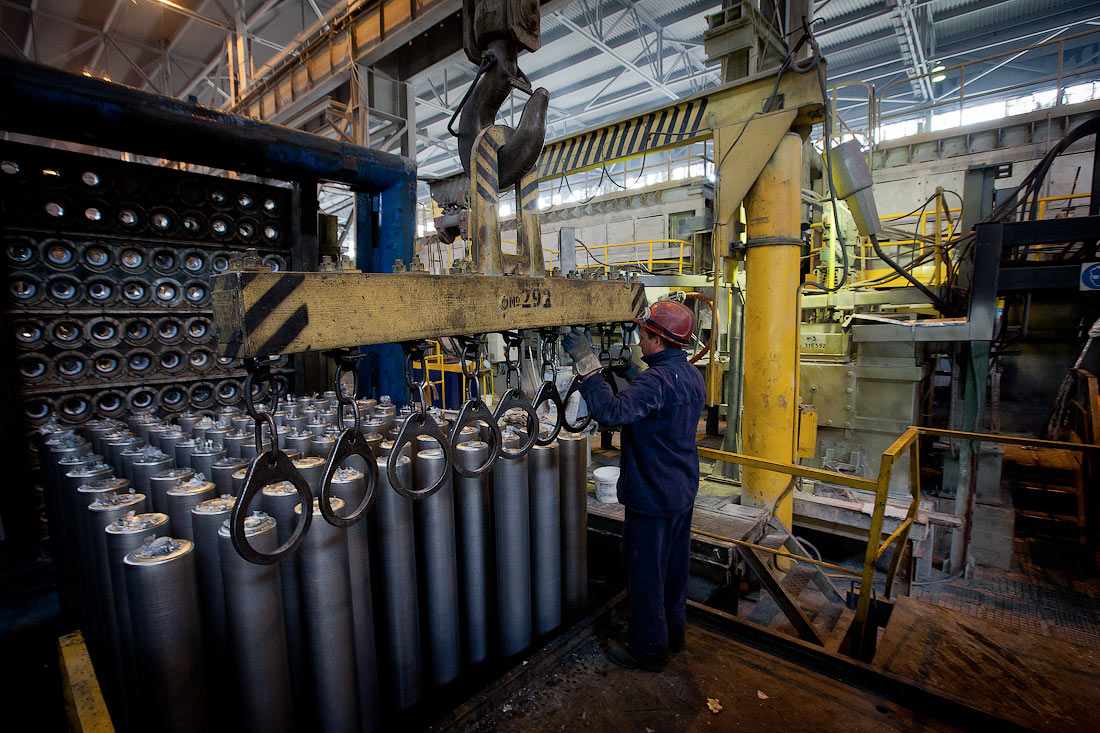
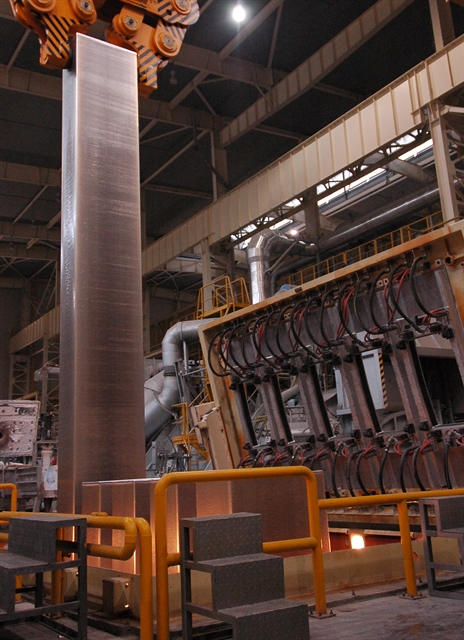
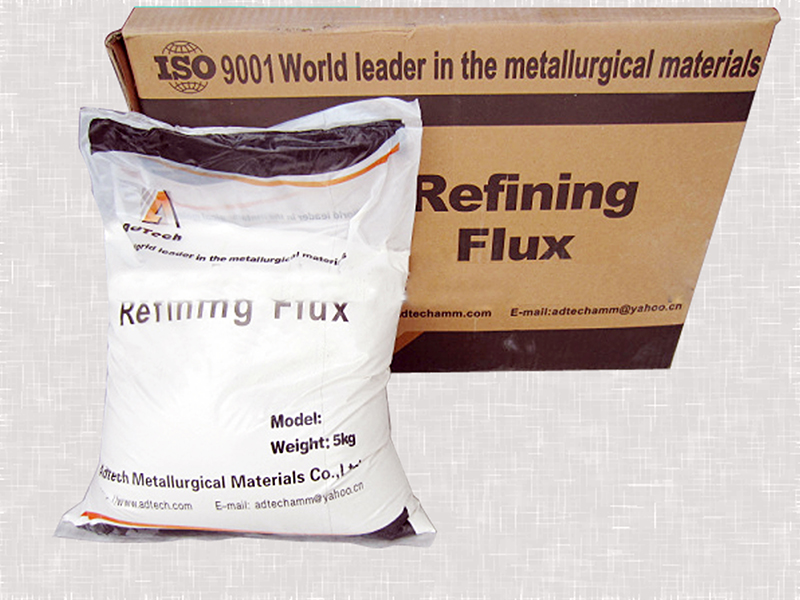
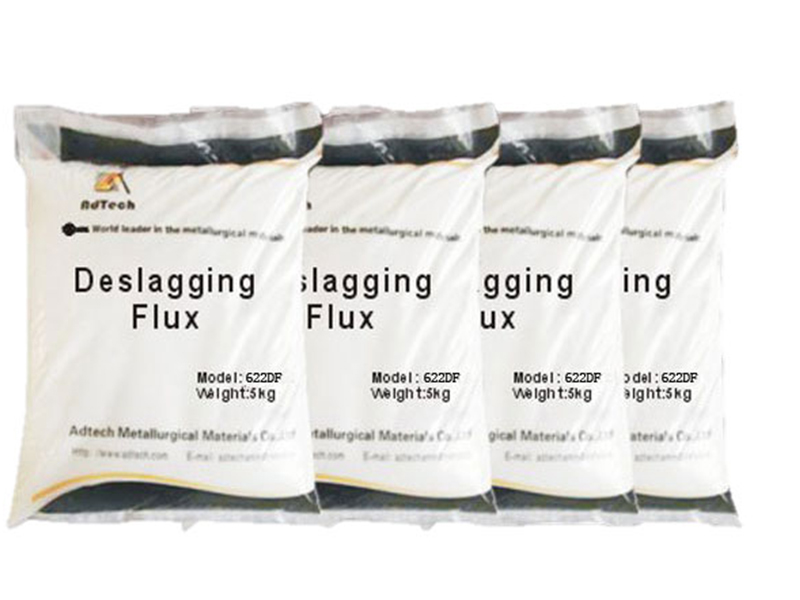
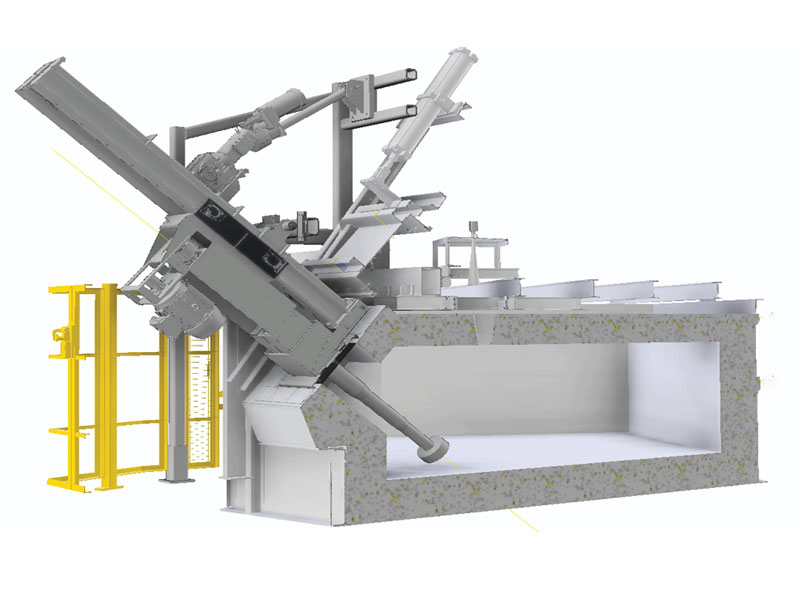
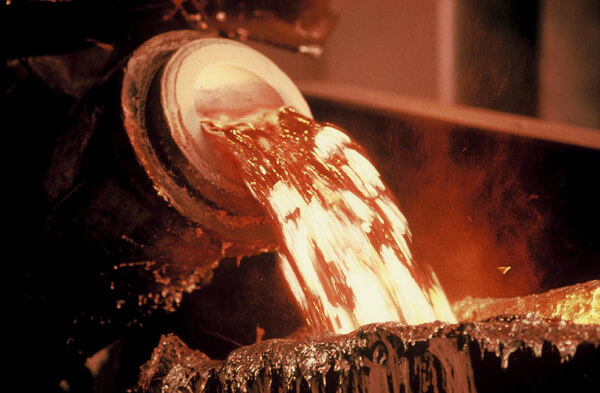
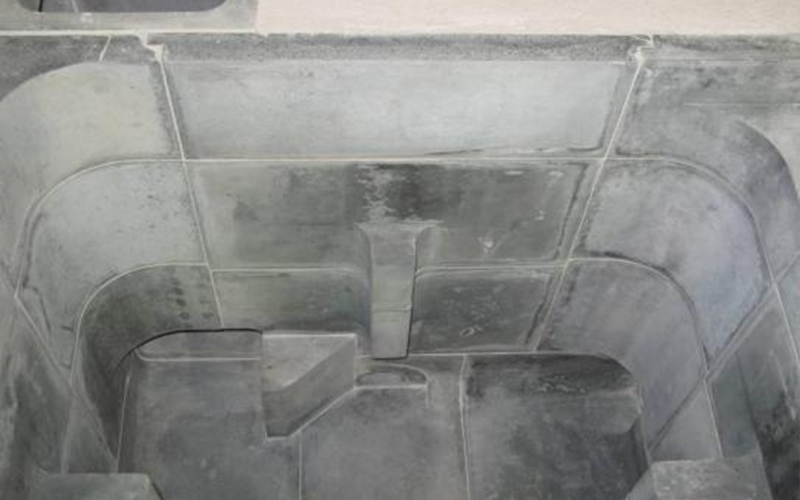
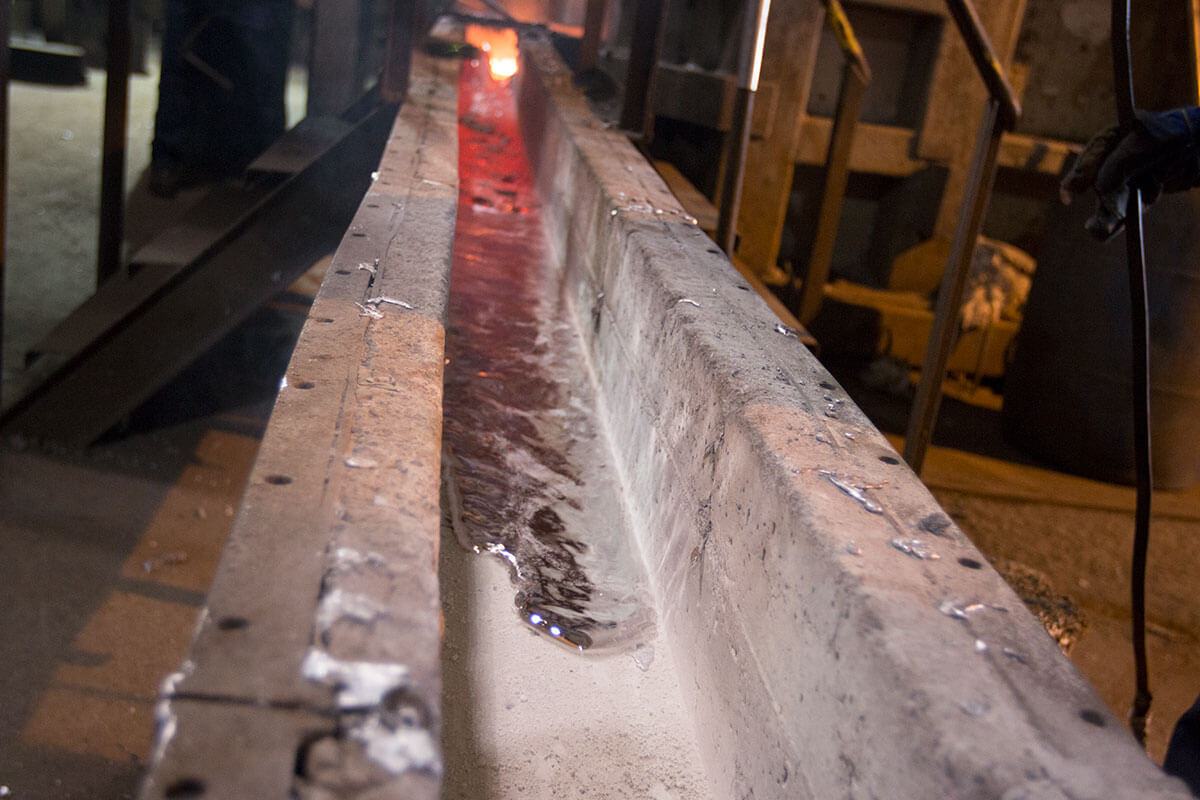

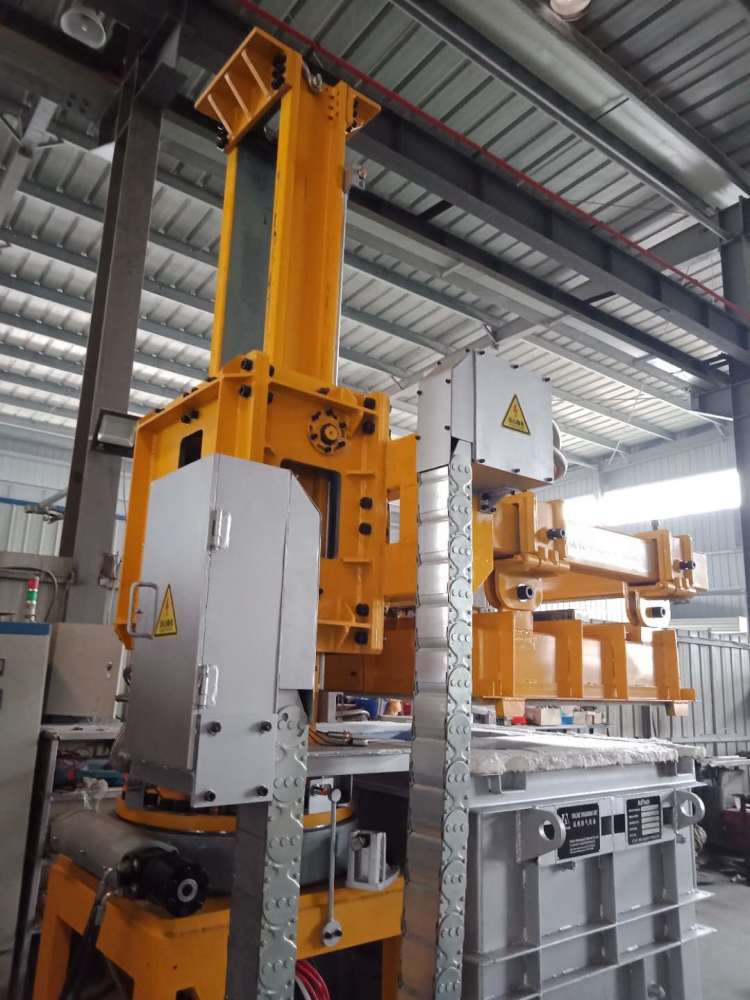
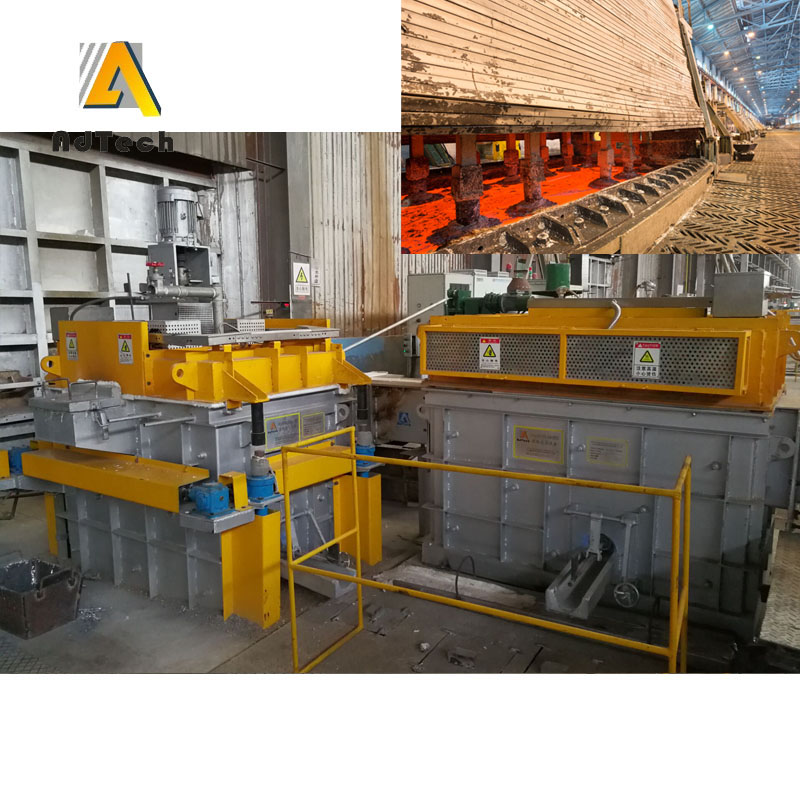
Sorry, the comment form is closed at this time.